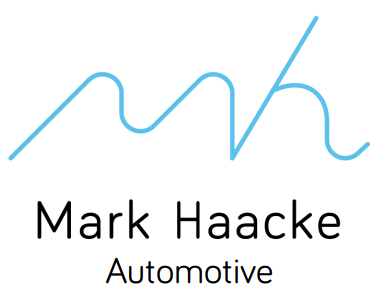Make two out of one
For small batch manufacturers in particular, the ever-increasing complexity of regulatory requirements means that processes or even the entire business model must be constantly reviewed and re-evaluated.
This was also the case in this project, where our customer decided to separate the responsibilities for different phases in the product lifecycle.
Manufacturer vs. fleet operator
The planned change was a very exciting task for us, because it was also new for us. In its role, a vehicle manufacturer has responsibility for development/design, production, care and support during the use of the vehicles, market monitoring, recalls, etc..
Breaking up this interlinking of duties and locating them in two different companies in future requires a profound understanding of the consequences.
Requirements for the manufacturer
One branch of the company will continue to be found in the role of vehicle manufacturer. So there are also corresponding requirements to be met.
It must be demonstrated that a quality management system has been installed in the company to ensure that products requiring approval can be built in conformity with the type approval. For the first time, this happens in the context of an initial evaluation, which is permanently valid after successful completion.
In addition, products must be designed and produced to be compliant with regulatory requirements. Buzzwords such as product conformity, product safety, product liability or product compliance characterize the multitude of requirements.
Requirements for the fleet operator
In the future, the second company will focus on fleet management of the vehicles placed on the market, incl. Service, retrofits and callbacks.
In the future, this company will no longer be the approval holder for a type-approved vehicle. However, this does not mean that all obligations lapse at the same time. This is because the decision was made that for vehicles previously placed on the market, the permits will be located with this company route, thus also all the obligations of the permit holder.
This is because it is always necessary to assess what needs to be implemented in the future by the “former” license holder and to what extent. Thus, the obligation continues to apply that products which have already been placed on the market must comply with the legal requirements and the former manufacturer remains responsible here.
The task
On the basis of this new structure and the associated new rights and obligations, unknown issues arose for our customer, which could be resolved with the advisory support of Mark Haacke Automotive. Both companies now know their rights and obligations and know which processes and requirements for the organization result from this.
Do you have similar complex challenges? Then make an appointment with us directly!

